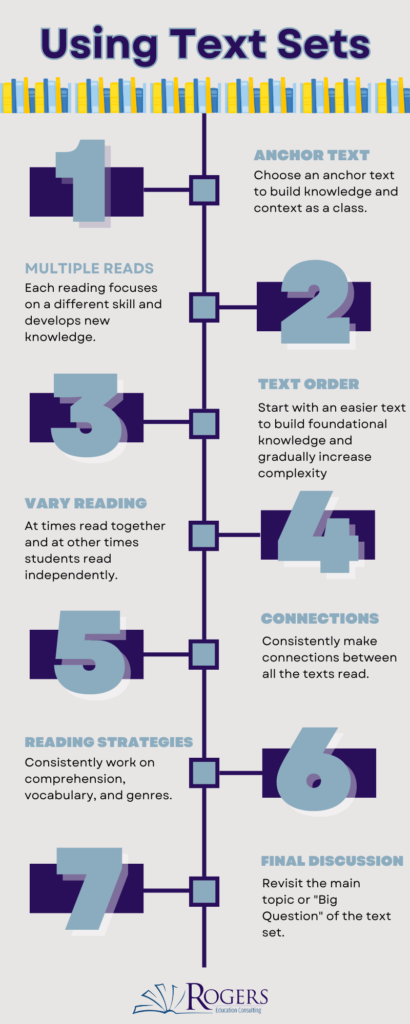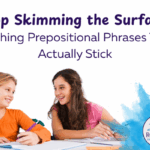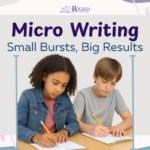Using text sets in the classroom can significantly enhance student interest, vocabulary, and background knowledge. Text sets are collections of related texts organized around a specific topic or line of inquiry. Here’s how to effectively implement them in your teaching strategy:
1. Anchor Text
Begin with a rich, complex grade-level text as the anchor. This text introduces the main topic and key vocabulary, serving as the foundation for the rest of the text set.
2. Multiple Readings
Have students read the anchor text multiple times, each time focusing on different aspects, such as vocabulary, text structure, and main ideas. This repeated exposure deepens their understanding and retention.
3. Text Selection and Order
- Knowledge Building: Choose texts that expand on the anchor text’s topic, building knowledge incrementally.
- Variety: Include a mix of text types, such as informational articles, literary pieces, videos, and infographics.
- Complexity: Arrange texts from simpler to more complex, allowing students to build their understanding gradually.
4. Independent Reading
Assign some texts for independent reading. These should be shorter or less complex texts that support the main topic, enabling students to build background knowledge at their own pace.
5. Connecting to the Anchor Text
Encourage students to make connections between the additional texts and the anchor text during discussions. Ask questions that prompt them to consider how each text adds to or changes their understanding of the topic. Use graphic organizers or writing activities to help students synthesize information across texts.
6. Reading Strategies
- Vocabulary: Teach key vocabulary explicitly, especially terms that appear across multiple texts.
- Text Structures: Point out text structures and features, explaining their purpose and how they contribute to understanding.
- Comprehension: Guide students in using comprehension strategies such as summarizing, questioning, and inferring.
7. Final Discussion
Revisit the main topic or “Big Question” of the text set. Have students use evidence from multiple texts to support their ideas, fostering a deeper and more comprehensive understanding of the subject.
By incorporating text sets into your classroom, you can create a rich, engaging learning environment that promotes vocabulary development, background knowledge, and reading comprehension skills. This method not only makes learning more interesting but also helps students explore topics in-depth and connect new information to what they already know.




